Bottom Contour
Displacement Hulls
The displacement hull surfboard can be a very rewarding design given the right riding style and wave conditions. SurfScience has been curious about this bottom contour design for a while now, so we did some research and spoke with Steven Mast of Mast Surfboards. He talked to us about what makes a displacement hull different and why it may be worth our time to investigate.
Planing
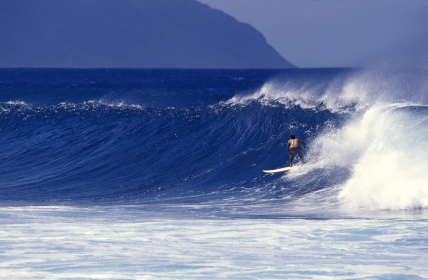
The major difference between a planing hull and a displacement hull is the way in which the surfboard travels through the water.
A displacement hull has a belly, or convex, bottom contour and planing surface. This design does not ride high on the water like a planing hull, instead plowing through and parting the water. At high speeds a displacement hull’s tail will sink down lower and lower as a result of the “hole” created in the water as the surfboard moves forward. A planing hull, on the other hand, will have a flat or concave bottom contour and plane up on top of the water. The board will almost skim across the water’s surface.
Ride
A displacement hull gives the surfer a very different feeling compared to what most modern surfers are accustomed. It is a feeling of close interaction and involvement with the wave. Steven Mast, founder of Mast Surfboards, clarified the difference for us.
“The faster you go, the more the surfboard actually sucks into the water,” explains Mast. “It holds you in for control, but the downside is the speed limit. If you take a sailboat, for example, and pull it faster than the theoretical hull speed limit of that boat, it will actually submarine.
“The more displacement, the more in the water you are, the more control you have. The more edge you have, the more release you have. It’s a balance between the two.
“A real displacement hull almost requires you to surf in the middle of the board. You have to surf off the front foot. Normally, you can lean back on the tail. On a displacement hull, you step onto your front foot, bury the rail and let it go. Most people can’t make the adjustment. But once you do, it’s amazing. You really feel like you’re surfing through the water. You’re really more involved. It’s a very organic feeling.”
Turning
A classic planing hull allows a rider to surf with a heavy back foot over the fins, using that to turn the surfboard. As Mast alluded to above, a displacement hull requires 100% commitment to rail turning. The shape requires that the rail be treated as a fin. We are starting to see displacement hulls with hard edges and double concaves near the tail of the board, making it easier to turn with back foot.
Ideal Conditions
A displacement hull design has the ability to provide us with a great day of surfing in smaller surf. Pushing a surfboard through the water requires much less energy than a board planing on top of the water, making small pointbreak waves very ideal. In the late 1980s some shapers made displacement hulls that would perform well in a wider range of waves. Still, these boards will work wonders in a small cobblestone point.
Conclusion
Although the current trend in high performance boards is a good planing hull, you have other options. It seems that the feeling of closer interaction with the wave and the rail-to-rail turning make this board design both challenging and rewarding. Consider trying one out in the near future. It may be one more board you can add to your quiver and diversify your surfing experience.

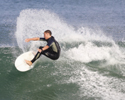

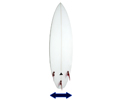

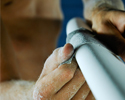
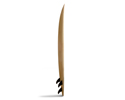





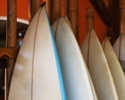
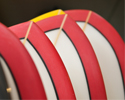
3 Comments